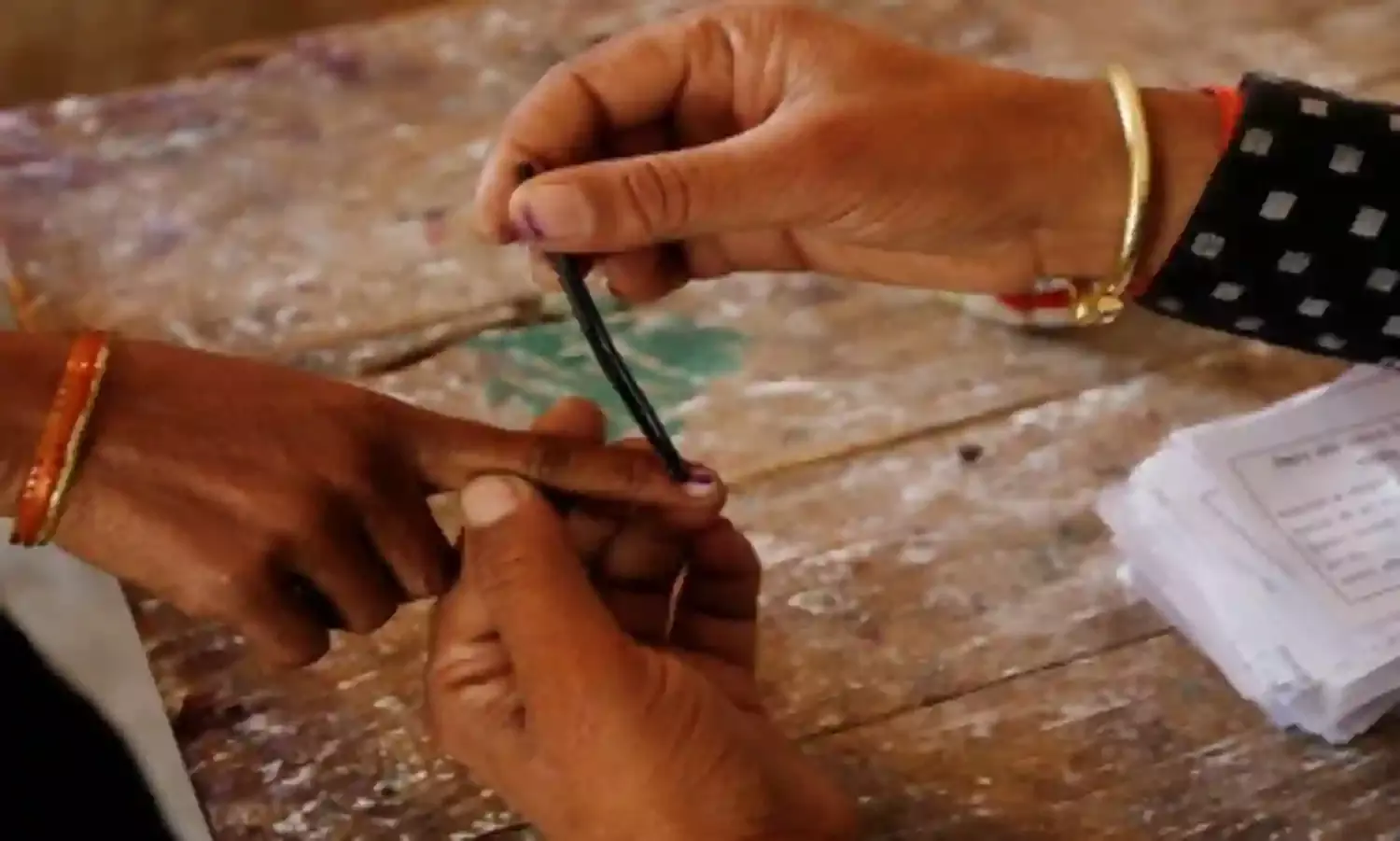UP Civic Polls: Sober Reality Under Polarised Hype
UP Civic Polls: Sober Reality Under Polarised Hype;

NEW DELHI: Much of the commentary following the recently concluded elections to Uttar Pradesh’s (UP) urban local bodies (ULBs) - involving chairpersonship contests to 16 municipal corporations (MCs), 198 Nagar Palika Parishads (NPPs) and 438 Nagar Panchayats (NPs) and 11,995 wards therein – has focused on whether the Bharatiya Janata Party’s (BJP) claims of having swept the polls are correct.
BJP sympathizers are citing their party’s performance in the MCs in support of their claims (14 chairpersonships and wins in 46% of the wards), while its detractors are pointing to the BJP’s slim pickings (28% of the chairpersonships and 18% of the wards) if NPP and NP-level results are factored into the overall result. Readings of whether the Narendra Modi magic remains intact and whether the Adityanath-led state government has cleared its first major test depend on which of the two positions one accords more weight to.
However, in the rush to assess what the results imply for Modi, Adityanath, the BJP and the opposition, a fundamental question – whether these ULB-level election results can be considered a robust indicator of the wider mood in UP and whether they offer a true picture of the ground the state’s major political parties may have lost or gained since the state assembly elections earlier this year – has gone unaddressed.
In the opinion of this columnist, there is a case for interpreting the results with caution both by BJP and non-BJP supporters. UP’s urban voters account for only 22% of the total voters in the state; voter turnout was only 53% (61% in the state assembly elections earlier this year); and, the significant proportion of chairpersonships (37%) and wards (64%) picked by independents and smaller parties suggest that local factors may have strongly determined voters’ choices. The latter, notably, has been the case in the past too; in 2012, independents and smaller parties picked 80% of the chairpersonships and 87% of the wards. (The Bahujan Samaj Party (BSP) and the Samajwadi Party (SP) did not contest the polls then.)
Of the three types of ULBs that went to polls, it is the MCs where non-local issues appear to have played a relatively larger part. In MCs, independents and smaller parties found chairpersonships elusive and won in only 20% of the wards; in contrast, they have accounted for 37% of the chairpersonships and 70% of the wards in NPPs and NPs.
It is to the MC results then we turn to see how well the major political parties have fared – even while recognizing that such analysis, given that MCs account for less than half (45%) of UP’s urban and only 10% of UP’s total voter base, can reflect the mood of only a section of the state’s populace.
Data would suggest that the BJP has outperformed the other major parties in MCs. Not only has it bagged 14 of the 16 chairpersonships, but its ward tally (596, of 1,299 total) also comfortably exceeds that of the BSP (147), the Congress (110) and the SP (202). Plus, the BJP’s combined vote share in the 16 MC chairpersonship elections (41%) is higher than that of the three other parties (16-17% each).
Having said that, there is reason to suggest that the BJP performance in MCs has not matched up to its assembly election performance.
(a) Wins in 46% of the wards, while representing an increase from 2012 levels (28%, excluding Saharanpur where the 2012 elections were not held), are not particularly flattering for a party that pretty much swept the assembly elections not long ago (winning 312 of the 384 constituencies it contested, a strike rate of 81%).
(b) If vote shares in specific assembly constituencies that broadly correspond with the MCs are taken into account, there is an 8% decline in BJP’s vote share from February-March 2017 to now (in chairpersonship/ mayoral voting).
Whether this 8% vote share decline represents a sizeable loss of goodwill for the BJP is an open question given the qualitatively different nature of assembly and ULB-level elections, but the party, ever alert to shifts on ground, will note that it has dropped vote share in mayoral contests in all MCs barring Gorakhpur. The drops may be modest in some places (5% or under in Faizabad, Moradabad and Lucknow) and possibly tolerable in others (between 5-9% in Aligarh, Agra, Allahabad, Firozabad, Ghaziabad, Kanpur, Meerut and Saharanpur), but the over 10% drops in Bareilly, Jhansi, Mathura and Varanasi surely need introspection.
If there is anything comforting in these drops for the BJP, it is that the gains have been divided between its rival parties. The BSP has put up an impressive showing in Aligarh and Meerut (the two mayorships BJP has lost) and, while the MC-level vote share improvements of the Congress and SP are difficult to establish given that they did not contest all corresponding assembly constituencies (being in alliance), it is safe to say that the SP has registered gains in Faizabad and the Congress in Mathura. In other MCs, the BJP’s losses have translated into modest improvements for more than one party, including independents and smaller parties.
Importantly, and in what should be further relieving news for the BJP, the most notable of the BSP, Congress and SP performances have not only come at the expense of the BJP but also at the expense of each other. In Aligarh and Meerut, the BSP has benefited from a consolidation of the anti-BJP vote, as has the SP in Faizabad.
In sum, the message from the UP civic polls is this: A. The BJP has seen an erosion of support in larger urban centers in the last nine months. B. The disenchanted voter is yet to begin coalescing around a single opposition party.

